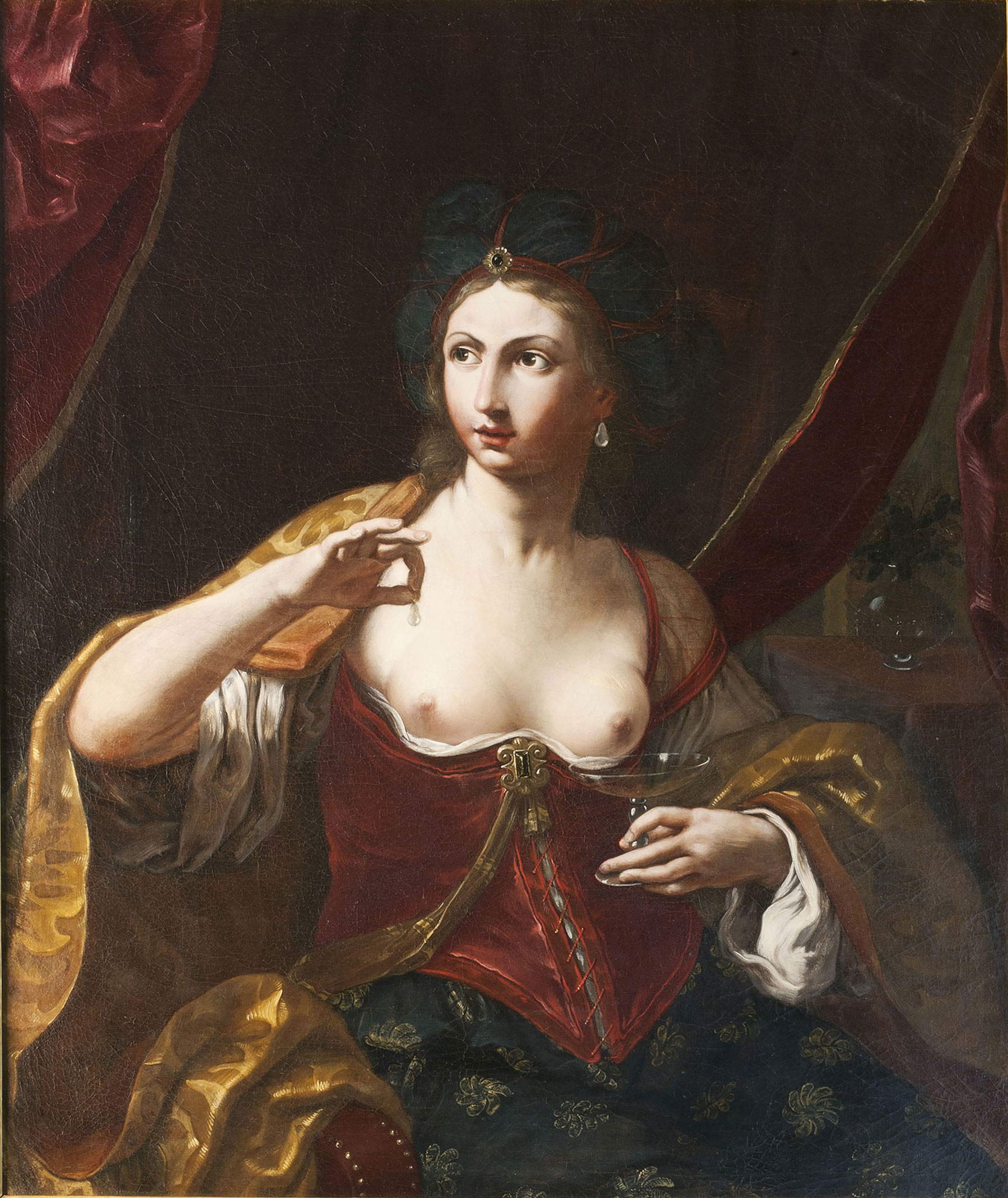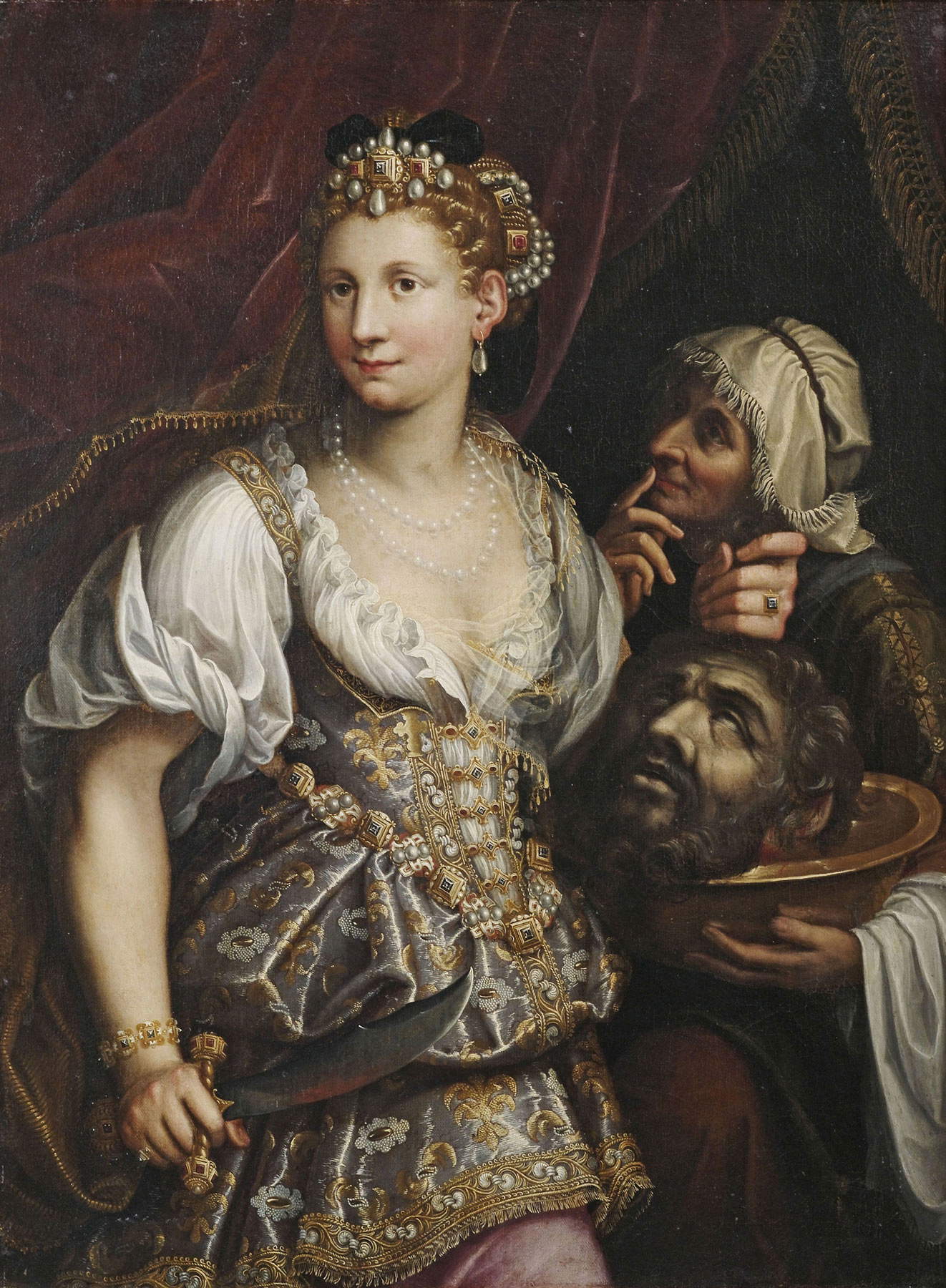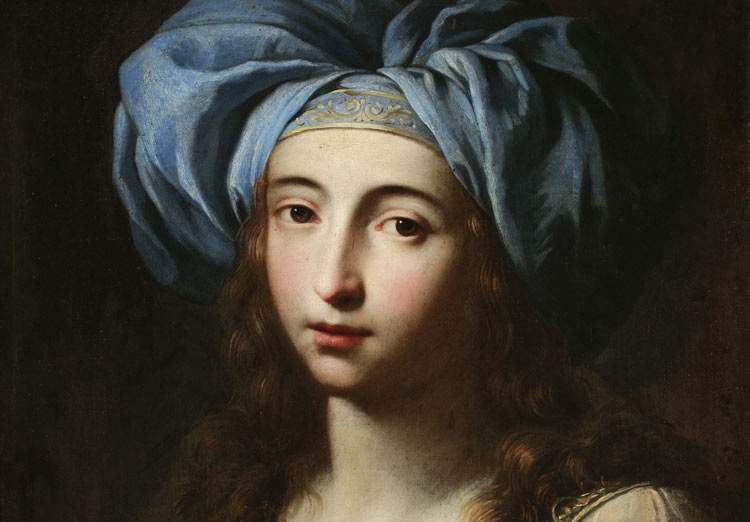Until July 25, 2021, Palazzo Reale in Milan is hosting the exhibition Le Signore dellArte. Stories of Women between 500 and 600, the first major exhibition entirely dedicated to women artists who lived and worked between the 16th and 17th centuries. More than 150 works by 34 women artists, including Artemisia Gentileschi, Sofonisba Anguissola, Lavinia Fontana, Fede Galizia, Elisabetta Sirani, Giovanna Garzoni and many others, arrive in the rooms of the Royal Palace. The exhibition is promoted by the Municipality of Milan-Cultura and realized by Palazzo Reale and Arthemisia, with the support of Fondazione Bracco, and adheres to the palimpsest I talenti delle donne, promoted by the Culture Department of the Municipality of Milan and dedicated to theuniverse of women, focusing lattenzione, throughout 2020 and until April 2021, on their works, their priorities and their abilities.
The idea of the exhibition is to witness anintense all-female creative vitality, in a singular tale of exciting stories of already modern women. Space, therefore, is given to the best-known artists but also to those less known to the general public, and then there are new discoveries, such as those concerning the Roman noblewoman Claudia del Bufalo, who becomes part of this history of female art, and then again works exhibited for the first time such as Sofonisba Anguissola’s Altarpiece of the Madonna dellItria, made in Sicily, in Paternò, in 1578 and never before left the island; as well as leaving Palermo for the first time is Rosalia Novelli’s altarpiece, the Immaculate Madonna and St. Francis Borgia, the only certain work by the artist, dated 1663, from the Church of Jesus in Casa Professa; or Lucrezia Quistelli ’s canvas with the Mystic Marriage of St. Catherine dated 1576, from the parish church of Silvano Pietra near Pavia.
The exhibition, curated by Anna Maria Bava, Gioia Mori and Alain Tapié, makes use of works coming in from 67 different lenders, including the Uffizi Galleries, the Capodimonte Museum, the Pinacoteca di Brera, the Castello Sforzesco, the Galleria Nazionale dellUmbria, the Galleria Borghese, the Musei Reali in Turin and the Pinacoteca Nazionale in Bologna, and from abroad the Musée des Beaux Arts in Marseille and the Muzeum Narodowe in Poznan (Poland).
One of the aspects of the exhibition lies in the fact that Le Signore dellArte presents not only the grandiose compositional skills of these women painters, but, through the telling of their personal stories, also looks at the role they played in the society of the time, the success achieved by some of them at the great international courts, their ability to relate, distinguish and assert themselves by transforming themselves into true businesswomen, and to be able to cope with their ideals and different lifestyles. Among the women on display at the Palazzo Reale, the figure of Artemisia Gentileschi dominates in celebrity: daughter of Orazio, icon of awareness and revolt, artist and entrepreneur, her art rivals that of the male painters of the era themselves, and her success leads her to the discard of her social category; an example of the struggle against paternal authority and artistic power, against the confinement reserved for women. Of Sofonisba Anguissola (from Cremona who lived over ten years at the court of Philip II in Madrid, then moved to Sicily when she married the nobleman Fabrizio Moncada, to Genoa after her second marriage to Orazio Lomellini, and back to Sicily, where she was visited by Antoon van Dyck in 1624) masterpieces such as the Chess Game (dated 1555 and from the Muzeum Narodowe in Poznan, Poland), and the aforementioned Madonna dellItria Altarpiece (1578), which was the subject of a major restoration carried out thanks to a collaboration with the Ala Ponzone Civic Museum in Cremona, will be on display.
Then there will be Lavinia Fontana, from Bologna and daughter of the Mannerist painter Prospero Fontana, who at the age of 25 married the Imola painter Giovan Paolo Zappi on the sole condition that she could continue to paint, thus making her husband her assistant: she is featured in the exhibition with 14 works, including theAutoritrattonello studio (1579) from the Uffizi, the Consacrazione alla Vergine (1599) from the Musée des Beaux-Arts in Marseille, and some paintings of mythological subjects of rare sensuality. And then again the Bolognese painter Elisabetta Sirani, on display with powerful canvases depicting female courage and rebellion in the face of male violence, as in Portia injuring her thigh (1664) and Timoclea kills Alexander the Great’s captain (1659) from the Capodimonte Museum in Naples; Ginevra Cantofoli, with Young Woman in Oriental Dress (second half of the 17th century); Fede Galizia with Liconica Judith with the Head of Holofernes (1596); Giovanna Garzoni, another very modern woman who lived between Venice, Naples, Paris and Rome, on display with rare and precious scrolls.
Main sponsor of the exhibition is Fondazione Bracco, which also for this exhibition has initiated a scientific project, in collaboration with several universities in Milan, to enhance a work featured in the exhibition through the support offered by technological research (diagnostic limaging, a sector in which Bracco is a world leader): it is the Portrait of Charles Emmanuel I Duke of Savoy by Giovanna Garzoni, a miniaturist painter from Ascoli in the 17th century, a tempera on parchment owned by the Royal Museums of Turin.
The exhibition catalog is published by Skira. More information can be found at www.lesignoredellarte.it. Below are images of some of the works in the exhibition.
 |
| Elisabetta Sirani, Cleopatra (c. 1664; oil on canvas, 110 x 91 cm; Private Collection) |
 |
| Faith Galicia, Judith with the Head of Holofernes (1601; oil on canvas, 123 x 92 cm; Rome, Galleria Borghese) |
 |
| Ginevra Cantofoli, Young Woman in Oriental Dress (second half of the 17th century; oil on canvas, 65 x 50 cm; Padua, Museum of Medieval and Modern Art, legate of Count Leonardo Emo Capodilista, 186) |
 |
| Elisabetta Sirani, Venus and Love (1664; oil on canvas, 101 x 85 cm; Private Collection) |
 |
| Milan, a major exhibition on women artists of the 1500s and 1600s: 34 women, from Artemisia to Fede Galizia |
Warning: the translation into English of the original Italian article was created using automatic tools. We undertake to review all articles, but we do not guarantee the total absence of inaccuracies in the translation due to the program. You can find the original by clicking on the ITA button. If you find any mistake,please contact us.